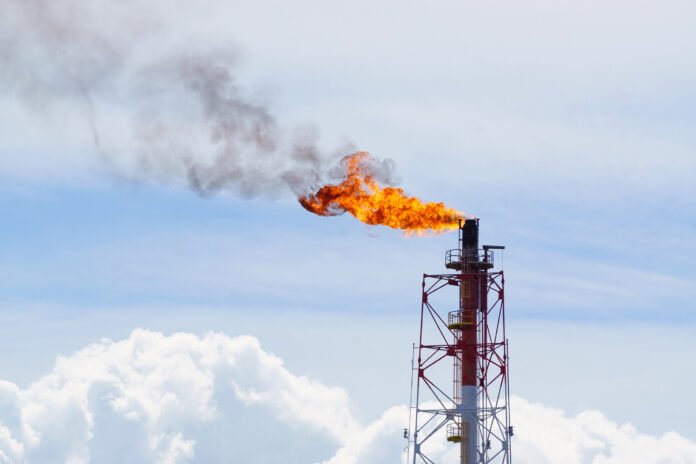Saudi Arabia is set to significantly reduce its domestic crude oil consumption by 2030, leveraging the massive Jafurah shale gas field to ramp up natural gas production and support a broader energy transition aligned with Vision 2030.
The Jafurah project—touted as the largest shale gas field outside the U.S.—is expected to boost Saudi Arabia’s natural gas output by 60%, freeing up to 350,000 barrels per day (bpd) of crude oil currently used in domestic power generation and industrial facilities, according to energy consultancy Rystad Energy.
Historically, Saudi Arabia has burned large volumes of crude oil to meet domestic electricity demand, which averages 171 terawatt-hours (TWh) annually. This approach is now shifting as economic and environmental factors favor cleaner and more efficient energy sources. Lower natural gas prices, the higher efficiency of gas-fired power plants, and the Kingdom’s push toward energy diversification are key drivers behind the move.
Jafurah: A Cornerstone of Vision 2030
The development of Jafurah is central to Saudi Arabia’s Vision 2030, which seeks not only to diversify the Kingdom’s energy mix but also to strengthen its position in global energy markets by redirecting more crude oil and refined products for export. The project, expected to begin production in 2025, will unfold in three phases with over $100 billion in investment over the next decade, ultimately positioning Saudi Arabia as the world’s third-largest shale gas producer.
Located strategically near Aramco’s Uthmaniyah gas-processing plant, Jafurah benefits from logistical and cost efficiencies. The proximity allows for easy integration with established infrastructure, enabling the efficient processing and separation of valuable byproducts like natural gas liquids (NGLs), ethane, and condensates, enhancing the project’s commercial returns.
Supporting a Cleaner, More Efficient Energy System
As part of a wider strategy, Saudi Arabia is accelerating investment in natural gas as a lower-carbon alternative to oil and coal. This aligns with OPEC+’s production cap, which limits Aramco’s crude output to 12 million bpd by 2027, supporting oil price stability while fostering domestic gas use.
Saudi Arabia’s gas output is projected to reach 13 billion cubic feet per day (Bcfd) by 2030, making room for expanded exports and reinforcing the Kingdom’s influence in global energy dynamics. The success of this ambitious shift will hinge on robust midstream infrastructure, downstream integration, and the continued deployment of advanced deep-zone drilling technologies.
As the Kingdom pushes forward with its transformation, Jafurah is poised to be a game-changer—not only reducing the Kingdom’s reliance on crude oil but also solidifying its standing as a global leader in energy innovation and sustainability.


